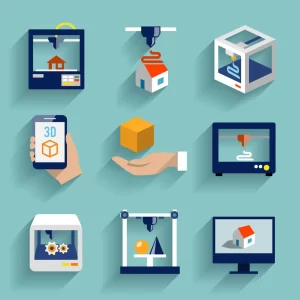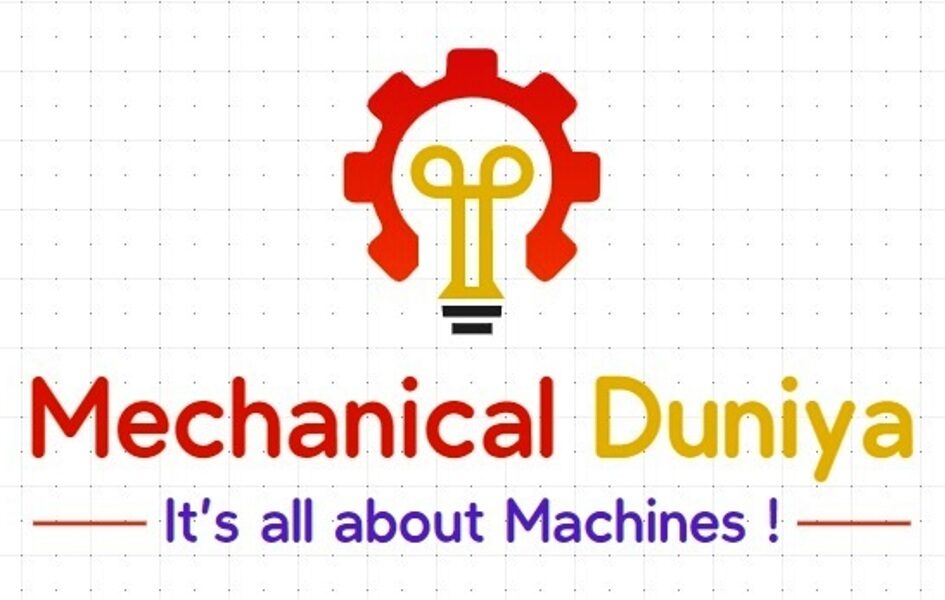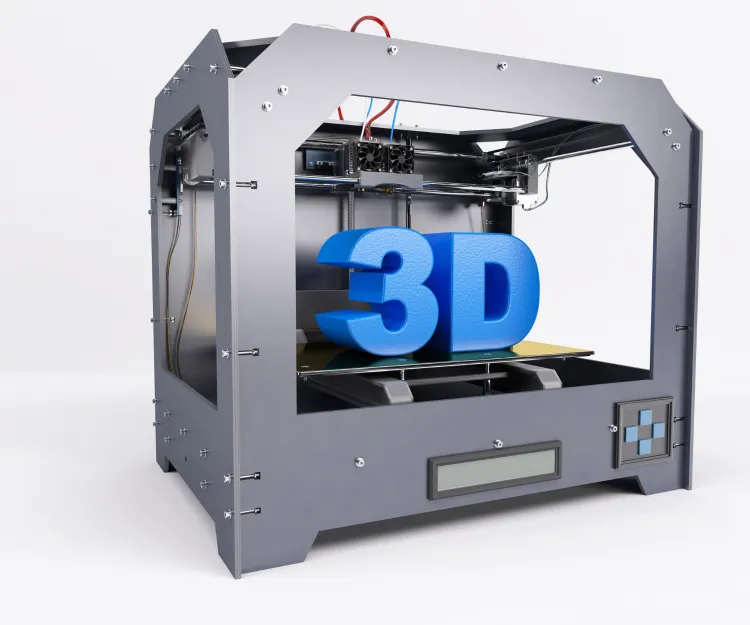Table of Contents
Introduction to 3D printing
The world of mechanical engineering is undergoing a profound transformation, driven by the relentless march of technology. Among the many innovations that are reshaping the landscape, 3D printing, also known as additive manufacturing, stands out as a game-changer. It is a fundamental technological associate of Industry 4.0. This article explores the fascinating journey of 3D printing in mechanical engineering, from its humble beginnings to its current state, recent innovations, advantages, challenges, future trends, and implications for engineers.
To understand the significance of additive manufacturing today, it’s essential to trace its roots. The concept of 3D printing dates back to the 1980s when it was primarily used for prototyping. These early machines were cumbersome and expensive, limiting their accessibility. However, they sowed the seeds of a technological revolution.

Current State of 3D Printing in Mechanical Engineering
Fast forward to the present, and 3D printing has evolved into a versatile and indispensable tool for mechanical engineers. Its applications span a wide range of industries, including aerospace, healthcare, automotive, and consumer goods. From creating intricate aerospace components to producing custom medical implants, 3D printing has become an integral part of modern engineering.
Recent Innovations and Developments:
Recent years have witnessed remarkable innovations in 3D printing technology. Materials have diversified beyond plastics, now encompassing metals, ceramics, and even bio-inks. Advanced printing techniques, such as multi-material and multi-axis printing, have unlocked new possibilities. Additionally, the integration of artificial intelligence and machine learning has enhanced the precision and efficiency of additive manufacturing processes.
Advantages of 3D Printing
The advantages of additive manufacturing are manifold. Rapid prototyping allows engineers to quickly iterate and refine designs. Customization is now more accessible than ever, enabling personalized medical devices and consumer products. The reduction in material waste and cost-effective small-batch production are also significant benefits. Notably, the ability to create complex geometries and structures that were once challenging or impossible is a game-changer.
Challenges and Limitations
However, additive manufacturing is not without its challenges and limitations. Material constraints, especially in metal additive manufacturing, pose limitations on the mechanical properties of printed parts. High initial costs for industrial-grade 3D printers can be prohibitive for smaller businesses. Scaling up production remains a challenge, and post-processing steps can be time-consuming.
Future Trends and Applications
As we look to the future, several exciting trends and applications emerge on the horizon. These include the development of sustainable and bio-compatible materials, as well as advances in 4D printing, which introduces dynamic, shape-shifting capabilities. The aerospace industry is exploring additive manufacturing for more extensive components, while healthcare is moving toward 3D-printed organs and tissues.
Implications for Mechanical Engineers:
Mechanical engineers need to adapt to this changing landscape. Acquiring expertise in 3D printing technologies, software, and materials is crucial. Engineers who can harness the power of additive manufacturing will find themselves at the forefront of innovation, leading the way in designing products and systems that were once considered beyond reach.
Case Studies:
To illustrate the tangible impact of 3D printing, consider these case studies. In the aerospace sector, companies like Boeing and Airbus have embraced additive manufacturing for complex parts, reducing weight and improving fuel efficiency. In healthcare, 3D-printed prosthetics and dental implants have transformed patient care, providing personalized solutions that were inconceivable before.
Conclusion:
In conclusion, 3D printing has evolved from a novel concept into a transformative force in mechanical engineering. Its historical journey, current applications, recent innovations, advantages, and challenges all underscore its significance. Looking ahead, the future promises even greater possibilities, from groundbreaking materials to novel applications across industries. Mechanical engineers who embrace 3D printing and stay informed about its developments will be well-positioned to drive innovation and shape the future of their field.
Additional Resources:
For those eager to delve deeper into the world of 3D printing in mechanical engineering, numerous resources are available. Books like “Additive Manufacturing Technologies” by Ian Gibson, David Rosen, and Brent Stucker offer in-depth insights. Online platforms such as 3D Printing Industry and Engineering.com provide up-to-date news and articles. Moreover, universities and institutions worldwide offer courses and certifications in additive manufacturing, enabling engineers to enhance their skills and expertise.
3D printing is poised to revolutionize mechanical engineering further. The power to create complex, customized, and sustainable solutions is unprecedented. However, to unlock its full potential, engineers must embrace lifelong learning, adapt to evolving technologies, and collaborate across disciplines. The future of mechanical engineering is not only exciting but also challenging, and it’s our collective responsibility to drive innovation forward.
In summary, 3D printing is not merely a technological evolution; it is a paradigm shift. It transcends traditional manufacturing methods, offering engineers a canvas to paint their boldest innovations. As we navigate this transformative journey, the horizon is boundless, and the future of mechanical engineering is limited only by our imagination and determination.
FAQs on 3D Printing
1. What is 3D printing?
- Answer: 3D printing, also known as additive manufacturing, is a process of creating three-dimensional objects by adding material layer by layer based on a digital design.
2. What types of materials can be used in additive manufacturing?
- Answer: 3D printers can use various materials, including plastics, metals, ceramics, resins, and even biological materials like living cells.
3. How does it work?
- Answer: 3D printing works by slicing a digital 3D model into thin horizontal layers. The printer then builds the object layer by layer, fusing or solidifying the material as it goes.
4. What are the applications of additive manufacturing?
- Answer: 3D printing is used in diverse industries, including aerospace, healthcare (for prosthetics and implants), automotive, fashion, architecture, and consumer goods, among others.
5. What are the advantages of additive manufacturing over traditional manufacturing methods?
- Answer: Some advantages include design freedom, rapid prototyping, customization, reduced material waste, and the ability to create complex geometries.
6. Are there any limitations to 3D printing?
- Answer: Yes, limitations include material constraints, surface finish quality, speed for larger objects, equipment costs, and challenges with scaling up production.
7. Can 3D printers use multiple materials in a single print?
- Answer: Yes, some 3D printers are capable of multi-material printing, allowing for more versatile and complex designs.
8. Is it printing environmentally friendly?
- Answer: It can be more environmentally friendly due to reduced material waste, but sustainability also depends on the choice of materials and the disposal of waste.
9. What are some safety considerations when using 3D printers?
- Answer: Safety measures include proper ventilation in enclosed spaces, handling and disposal of printing materials, and following manufacturer guidelines to prevent overheating and fires.
10. Can 3D printing be used for mass production?
- Answer: While 3D printing is suitable for prototyping and small-batch production, it may not be as cost-effective or efficient as traditional manufacturing methods for large-scale production due to speed and material costs.

